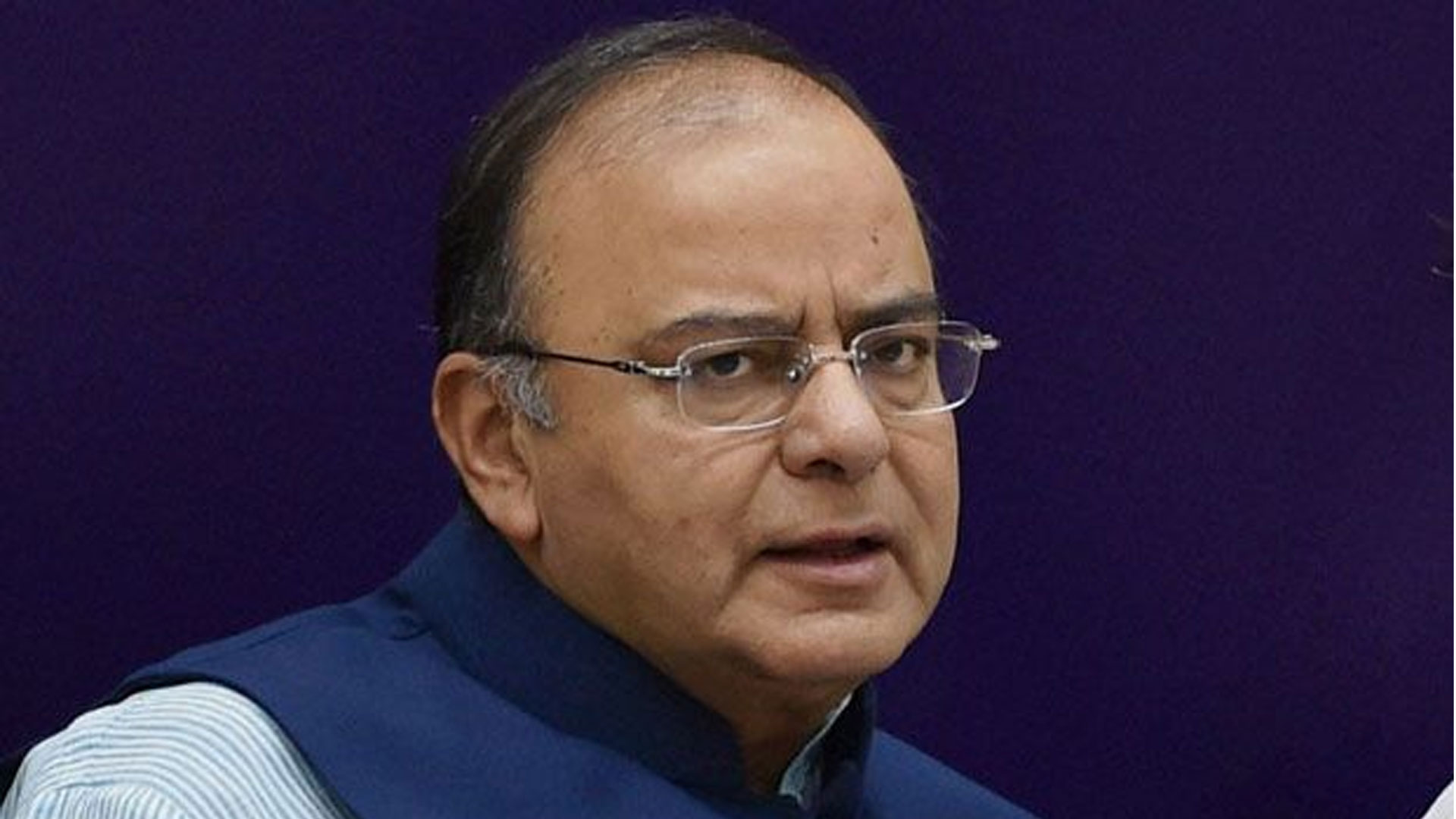The industry is the backbone of any economic development. A country which has an enumerable industrial growth certainly provides a great boost to its economic structure. Many MBA graduates from the Top MBA colleges in Hyderabad, Bangalore, Mumbai, Pune, etc have succeeded in delivering such candidates into this global economy. The students play a vital role in building such an economy in this country. Thus, several economic corridors become an integrated part of not only the economy but also to the whole country. And the most recent of the industrial corridors in India is the Mumbai-Bangalore Industrial Corridor.
A number of projects are likely to be expedited as the Union Finance Minister P Chidambaram announced the Chennai-Bangalore Industrial Corridor and Mumbai-Bangalore Corridor in the Budget.
Karnataka State Industrial and Infrastructure Development Corporation Limited Managing Director P B Ramamurthy said, “These two projects were still in the planning stages and they are likely to take off now as the Finance Minister himself has announced them in the Budget. These two corridors are a part of Peninsular Region Industrial Development Corridor (PRIDE) which runs along the Dhabol gas line from Mumbai to Chennai. This mega project is expected to generate a lot of investment as many industries are planning to set up their units on either side of the gas line as it would facilitate power generation.”
Ramamurthy said the corridor would give a boost to the economy of the entire state in general and the influence area of the corridor in particular as more than $25 billion investment is expected to flow into the corridor.
It is likely to facilitate huge employment generation and industrial growth. The spin-off effect is expected to boost other sectors. The state government has already made plans to set up National Investment and Manufacturing Zone near Tumkur on the corridor and the project has been approved in principle by the Department of Industrial Policy and Planning.
Finance Minister P Chidambaram’s budget announcement of developing an industrial corridor between Bangalore and Mumbai has brought cheers to industry leaders in Bangalore. They believe that the proposed industrial corridor will significantly ease congestion in Bangalore and help rapid development of the industry in northern parts of the state.
Karnataka Chief Minister Siddaramaiah has proposed to develop the Bengaluru–Mumbai Economic Corridor through three industrial nodes spread over 10,000 acres in the next five years. He announced this in his 10th budget and third after becoming the Chief Minister. The recruitment policies offered by colleges in Bangalore and Mumbai such as ICFAI University Bangalore, ABBS, Bangalore, Kohinoor Business School, Mumbai, etc. have attracted many candidates to pursue such careers.
To continue the development along NH4 the government Is planning to create two or three major hubs along the Mumbai-Bangalore economic corridor.
The Mumbai-Bangalore economic corridor is spread across Karnataka and Maharashtra and passes through major cities such as Chitradurga, Hubballi-Dharwad, Belagavi, Solapur, Sangli, Pune and Mumbai.
The overall length of the corridor is around 1,000 km and covers an area of around 143,000 km2. The corridor is delineated around the existing National Highway 4 (NH4) (which connects Bangalore to Mumbai), the existing Bangalore-Mumbai railway line and the Dabhol-Bangalore Natural Gas Pipeline.
Bangalore-Mumbai Industrial Corridor connects Bangalore with other prominent cities of Karnataka – Hukeri (Belgaum), Navanagara (Bagalkot), Belur (Dharwad), Bharamasagara (Chitradurga), Shimoga, Savanur (Hubli), Haveri, Kushtagi (Gadag), and Yelburga (Gadag), from where raw materials required for the industries are essentially procured. This mega industrial corridor also includes upcoming Tier II cities in Maharashtra such as Satara and Kolhapur and will connect Bangalore to major industrial and logistics hubs like Pune and Mumbai respectively.
This corridor is expected to connect India’s IT capital with its financial capital and also improve the commerce in the States of Karnataka and Maharashtra. It is anticipated to accommodate steel, cement, auto components, readymade garments, food processing and textile industries. This calls for umpteen employment opportunities within the next 5-10 years,
The plan is to generate around 12% of the country’s GDP along with the 1,000-km corridor between the two commercial towns. Although the details are yet to be worked out, sources said, at least four new cities, each trying to boost manufacturing activity is envisaged. A million homes and 2.5 million jobs are proposed to be created along the corridor.

